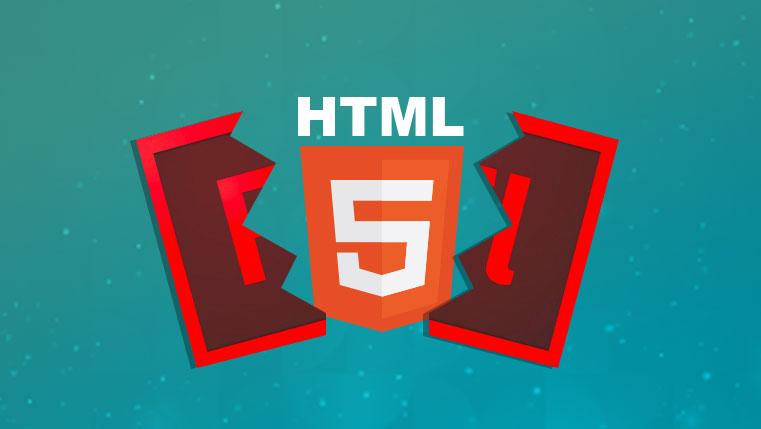How HTML5 Paved the Way for Rapid E-learning Development

Hypertext Markup Language 5 (HTML5) is the latest and robust version of the HTML standard. It is a highly advanced system of structuring and presenting content on the web. Its original purpose was to design websites that work across a wide array of devices. As learning methodologies took the digital route, HTML5 came to be of great use in developing responsive courses in rapid e-learning development as well.
Since HTML5 supports rich media, immersive graphics, interactions, and works well on mobile devices, it is ideal to be used for e-learning development. It has the inbuilt capability to play audio and video, without the need for external plugins
Benefits of HTML5 in Rapid eLearning Development
Rapid e-learning development is in demand and so is HTML5 to develop eLearning content. Using authoring tools that deliver HTML5 output can speed up eLearning development and also offers the following benefits.
- Design eLearning to reach a global audience
- Develop engaging courses easily
- Get eLearning ready for future training needs
- Simplify rapid e-learning development
Role of HTML5 in Rapid E-learning Development
In the current market scenario, new technologies and services emerge quickly. This means new courses and programs to train your workforce need to keep up with the pace. Hence, the need for rapid e-learning development has emerged. HTML5 has made this possible through powerful and easy to use authoring tools such as Lectora, Storyline, and Captivate.
Not only this, as more and more e-learning tools and platforms adopt HTML5 elements, there is an increasing consistency in terms of the performance of courses across multiple devices. Let’s see some advantages that HTML5-based authoring tools have bought about in the world of rapid e-learning development.
1. Reach a Global Audience
Today’s employees no longer restrict themselves to a single device. The usage of multiple mobile devices shows a rapid growth in e-learning as well. More people are accessing courses from their laptops, smartphones, and tablets. Hence, you need to develop courses that are compatible with this wide array of devices. That’s where Flash-based courses fell short, as they were not mobile-friendly.
HTML5 authoring tools aid rapid e-learning development by creating responsive e-learning courses that dynamically adapt to all screen sizes and hardware specifications. This gives your course a universal reach as it can be accessed by anyone, on any mobile device.
2. Ease of Developing Engaging Courses
Developing e-learning courses tailor-made for your organization can prove to be a difficult task. But, HTML5-based authoring tools reduce the intensity of the entire process by overcoming the limitations of Flash. Designers can now customize even the smallest aspect of the training interface, such as color schemes, fonts etc., with almost no effort.
HTML5-based tools can develop animations, game-based content and interactivities, which previously required a lot of programming in Flash, very easily. HTML5-based tools can even embed video, audio, or any other graphical element easily. All of these factors allow you to develop customized courses, which are more interactive, in less time.
3. Present and Future Convenience
Developing an e-learning course requires the expertise and inputs of multiple people. Course content itself can change over time. That’s where HTML5 courses shine. Courses developed with Flash are difficult to modify, as you need to make changes in the original source files that were used to create the course.
HTML5 makes modifying any elements of the course during rapid e-learning development a very easy activity. This secures the future of your course, as changing modules and releasing updates becomes easy. By allowing you to make easy revisions, the shelf life of your course increases, resulting in greater return on investment of your training budget.
4. Make Things Simple
As in the earlier days, developing e-learning courses now no longer requires you to be a master coder. HTML5-based authoring tools are created in such a way that anyone with basic designing skills can develop a high-quality rapid e-learning program. You still need to apply instructional design methodologies and subject matter expertise to convey the information to your audience.
But, authoring tools conveniently take care of the design and development part of the course. Authoring tools also give designers the option of using pre-built, fully-functional templates to reduce the effort. This allows developers to create useful content with minimum training and supervision.
Using HTML5-based authoring tools for rapid e-learning development is clearly the way forward. Utilize this technology to create the best courses with the least amount of time and effort. If you need to convert Flash content or courses developed in old versions of authoring tools to HTML5-based rapid e-learning courses, here’s a comprehensive guide for your Flash to HTML5 conversion needs.





